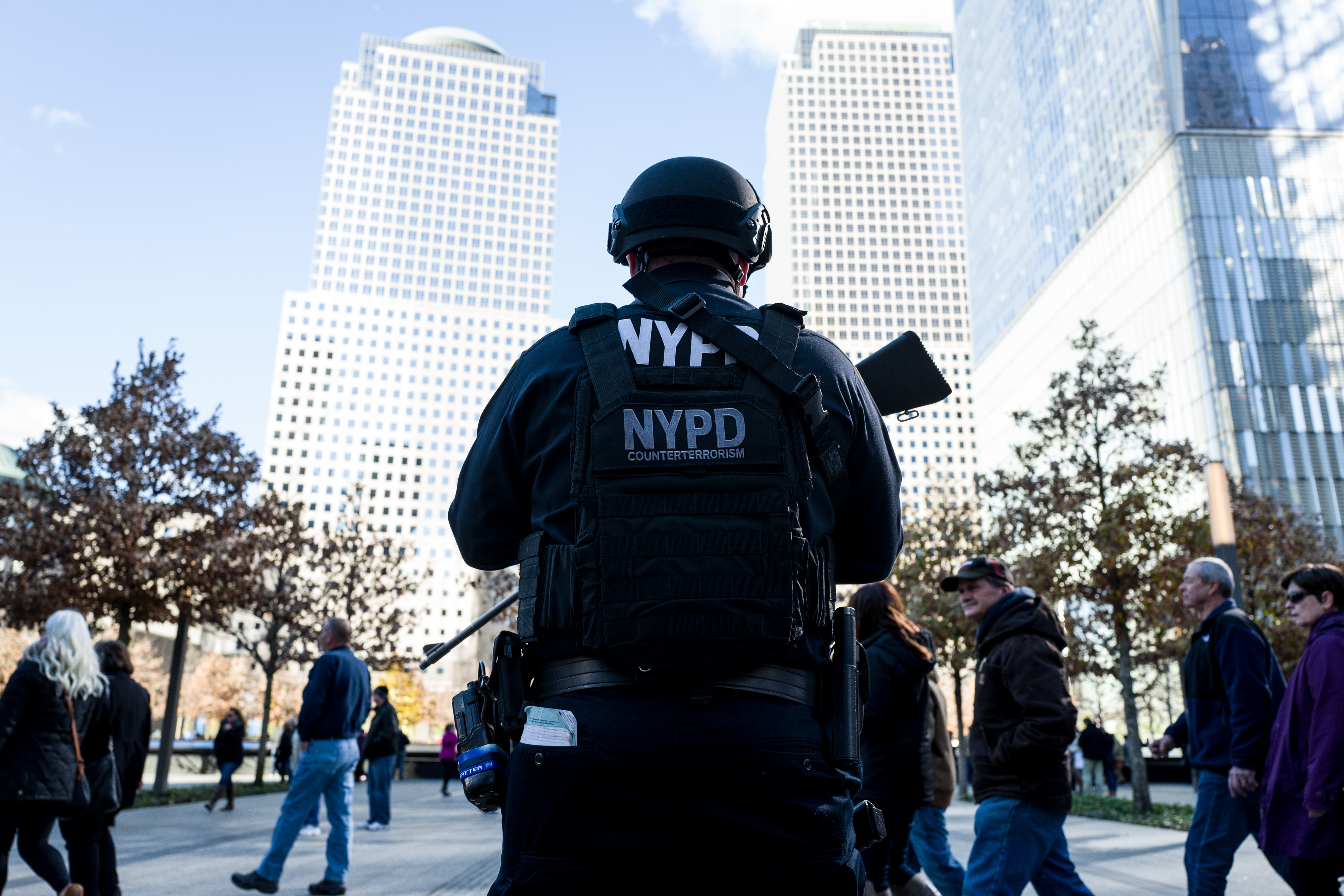Probability of Getting Killed by a Refugee Terrorist Is One in 3.6 Billion

Terrorism is a destabilizing scourge on the world. It disrupts societies and steals lives. It is also something less likely to kill an American than much more ordinary dangers.
According to risk analysis research from 2016 by the libertarian think tank Cato Institute, since 9/11, an average of 9 people per year were killed by Muslim extremists in the U.S. By comparison – 37,000 people die ever year from traffic accidents and 12,843 are killed by guns. Any person killed is terrible but if you are talking statistics, it’s easy to conclude that the American fear of terrorist attacks does not match the possible danger.
What about being killed in an attack involving immigrants? The probability of that is very negligible – 1 in 3.6 million. The chances of being killed by a refugee are 1000 times more negligible at 1 in 3.64 billion. That’s 0.000000028%. It’s just not likely to happen.
How many total refugee terrorists have their been? According to the report, out of 3,252,493 refugees that came to the U.S. from 1975 till 2015, there were 20 terrorists. Is that a large number? It’s about 0.00062% of the total number. 3 of these confirmed terrorists carried out attacks that killed a total of 3 people.
What about unauthorized immigrants killing Americans? Out of 26.5 million “illegals” in the U.S. during the same time period, 10 turned out to be terrorists, killing 1 American in the 1993 World Trade Center bombing. The chances of being killed by an illegal immigrant are at 1 in the “astronomical” 10.9 billion.
Of course, all of these statistics can change with one major terrorist incident on the magnitude of 9/11. But the current numbers do not support the alarmist justification offered by the Trump administration for the executive order temporarily barring entry into the U.S. for citizens of 7 Muslim-majority countries. The measure has so far drawn much protest, confusion and division.
Without sacrificing vigilance, the resources of the federal government would be better channeled towards the real dangers to the lives of Americans – consider that over 20,000 people kill themselves every year by firearms, heart disease (the leading cause of death) takes 614,348 lives, while cancer takes 591,699. It’s hard not to question the priorities of the White House, with the first executive orders both attacking people’s health care and overreacting on the dangers posed by citizens of countries who did not kill a single American on U.S. soil.
Cover photo: People walk in the street in the area where the World Trade Center buildings collapsed September 11, 2001 after two airplanes slammed into the twin towers in a suspected terrorist attack. (Photo by Mario Tama/Getty Images)





